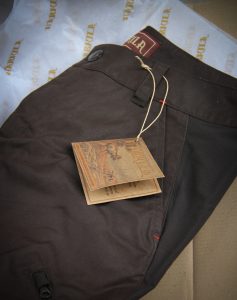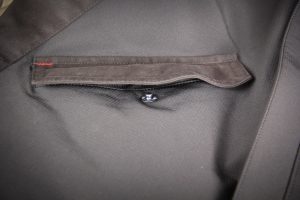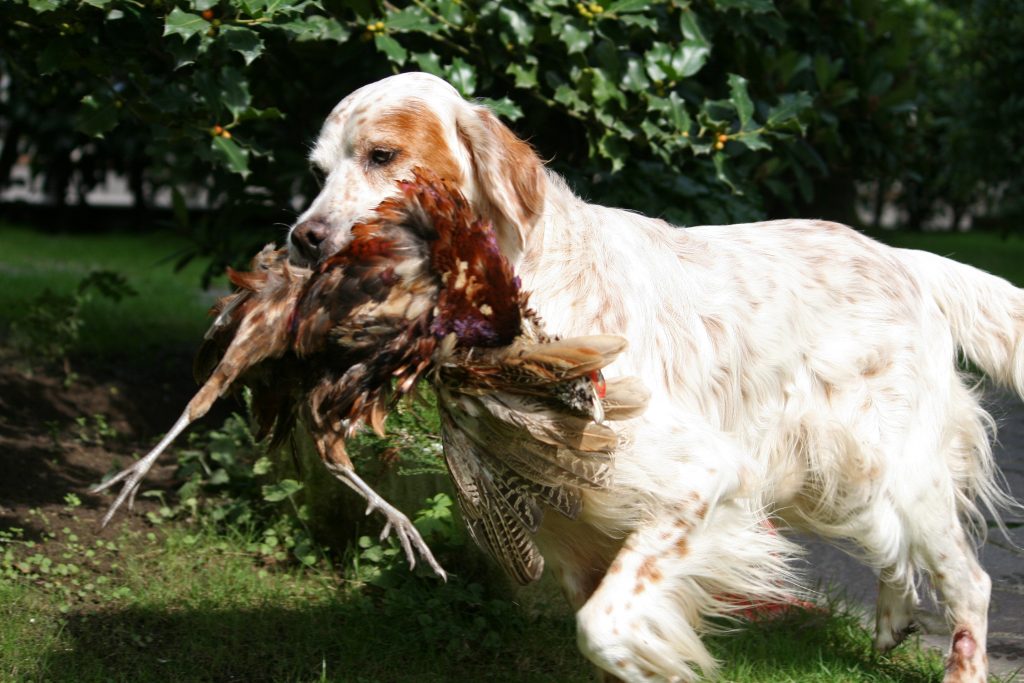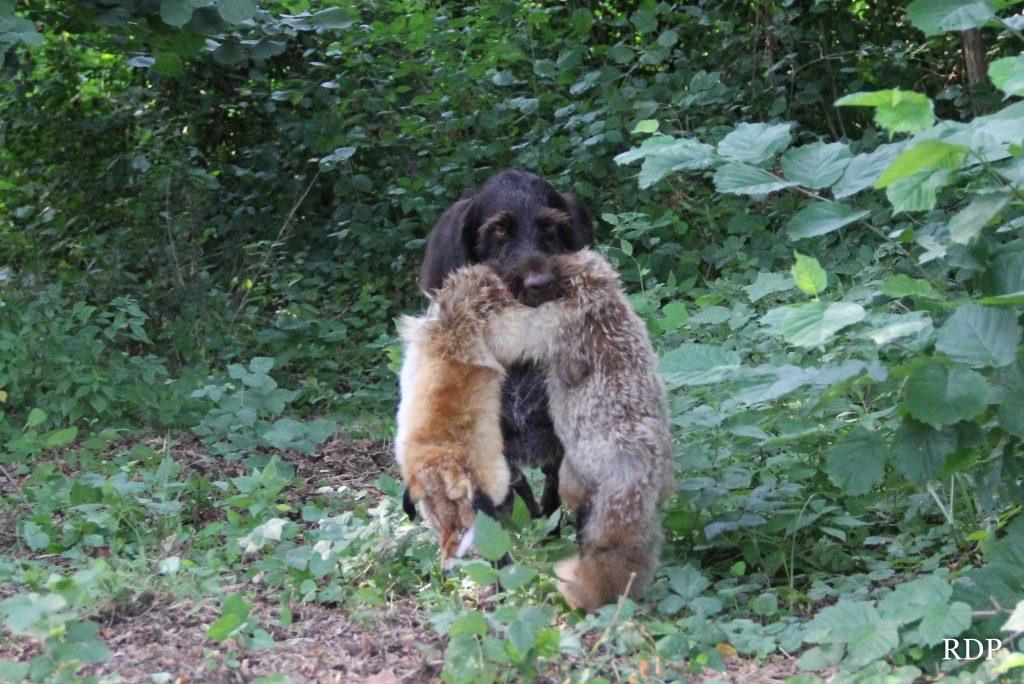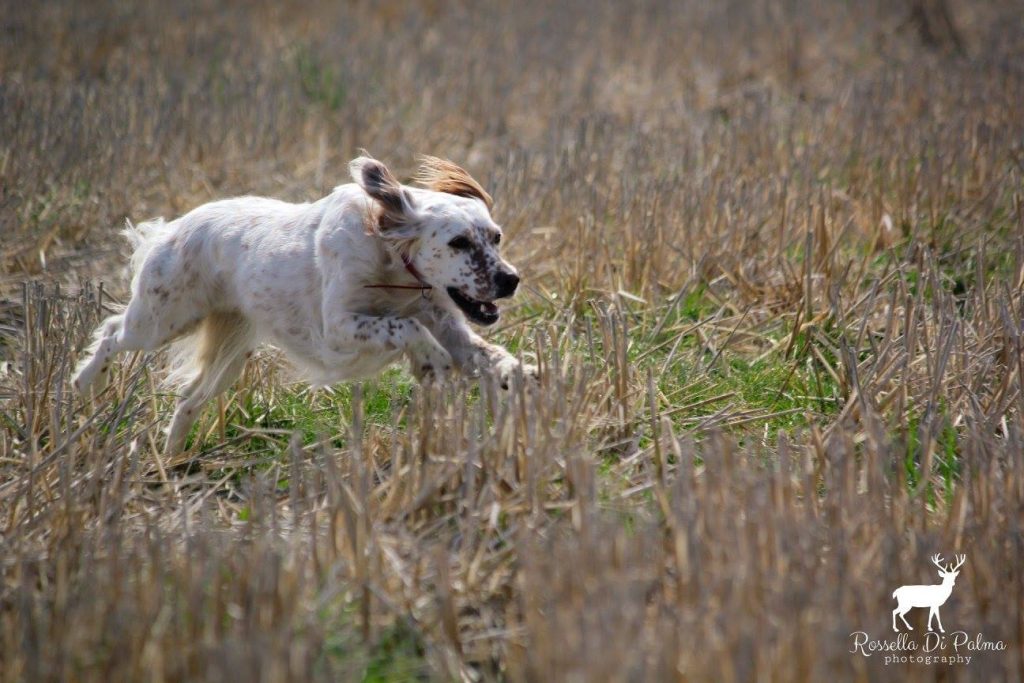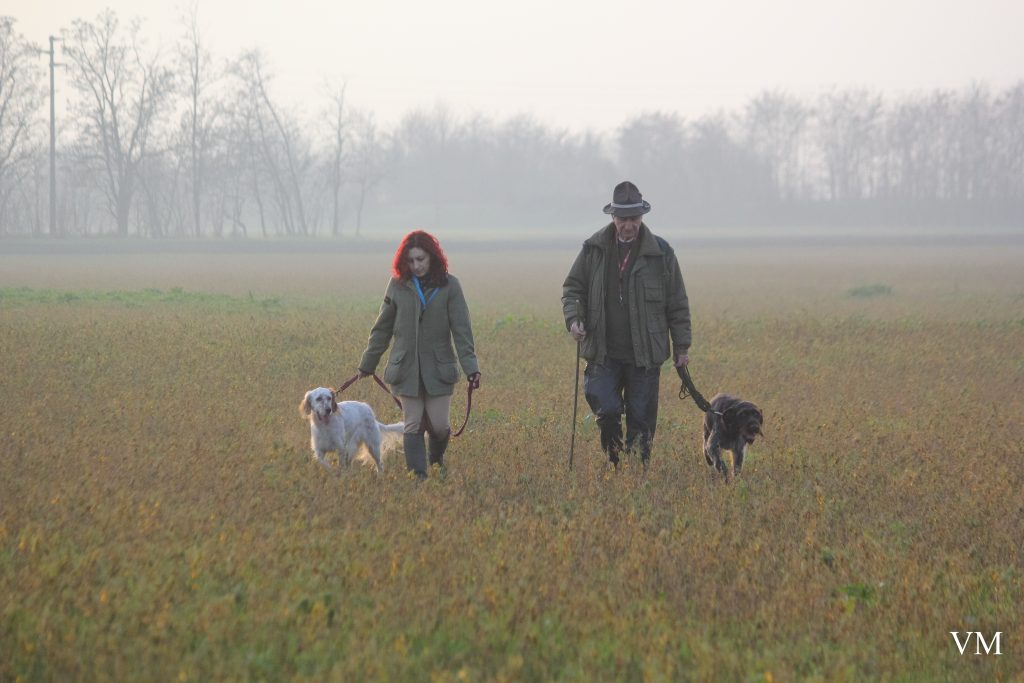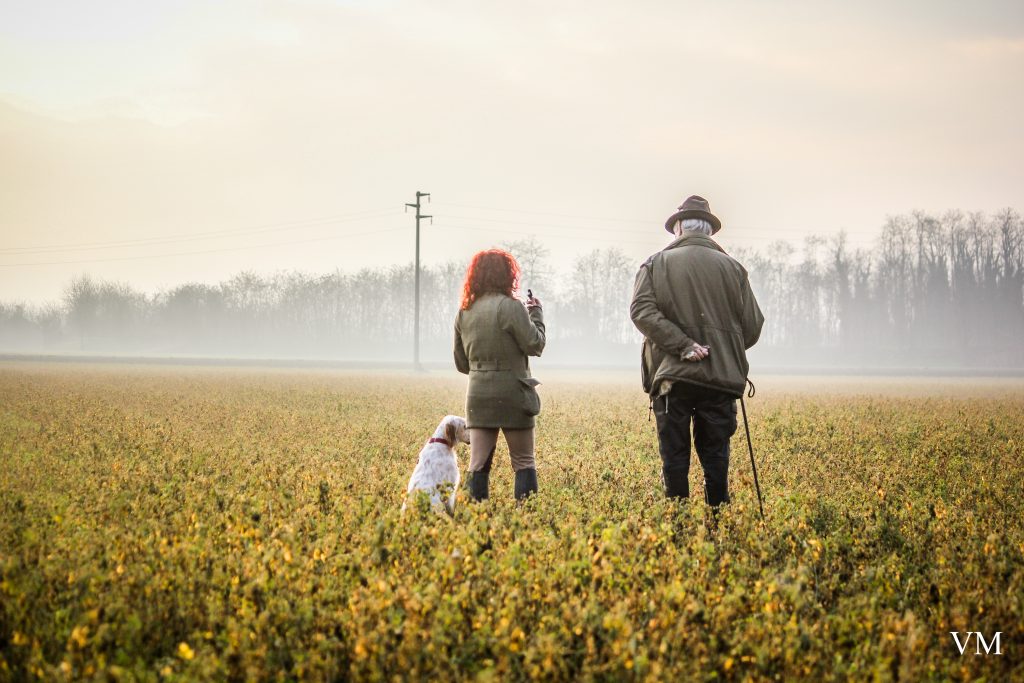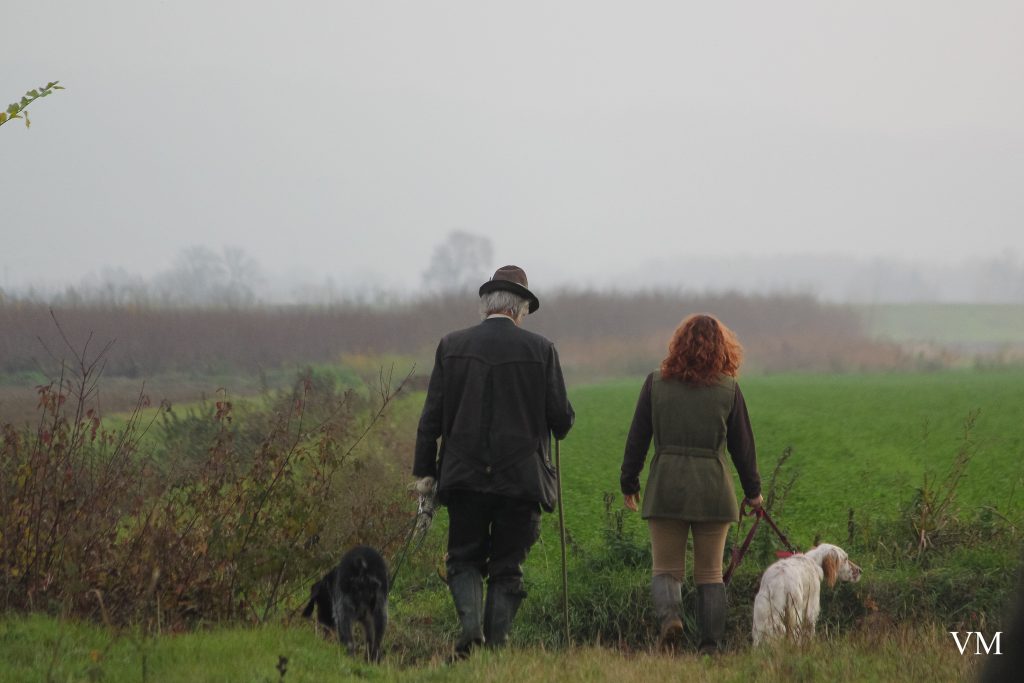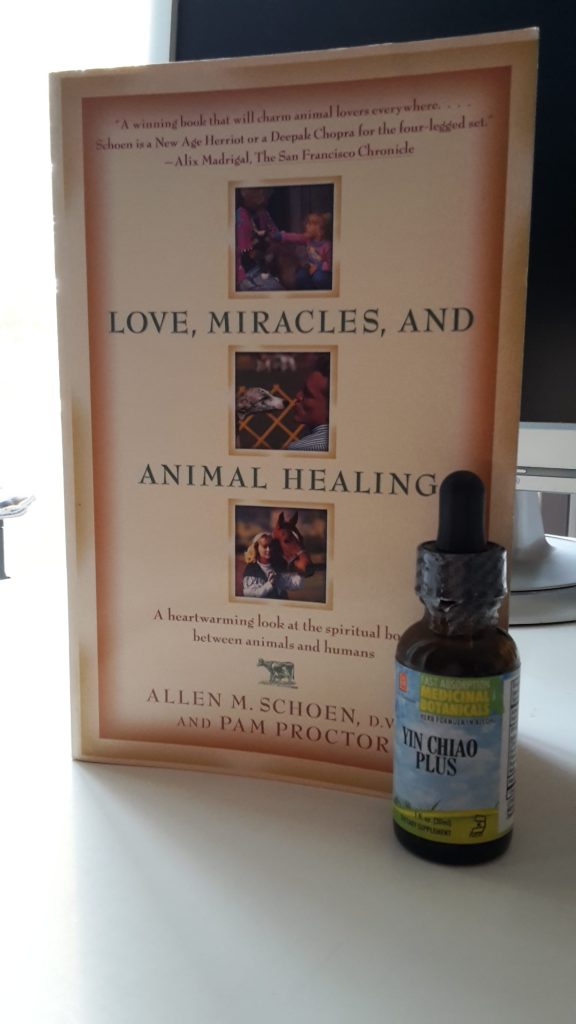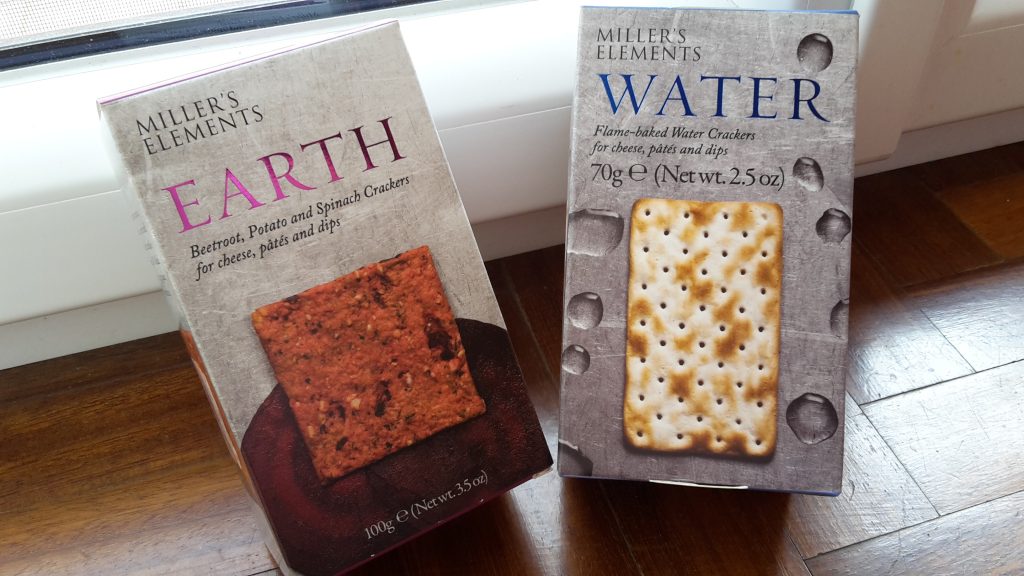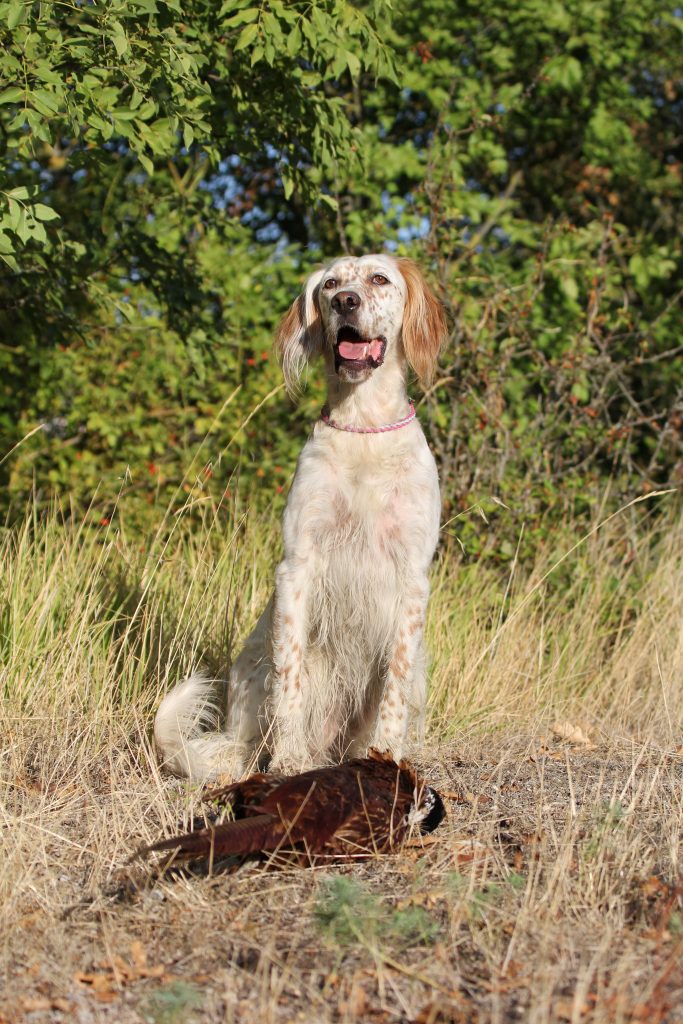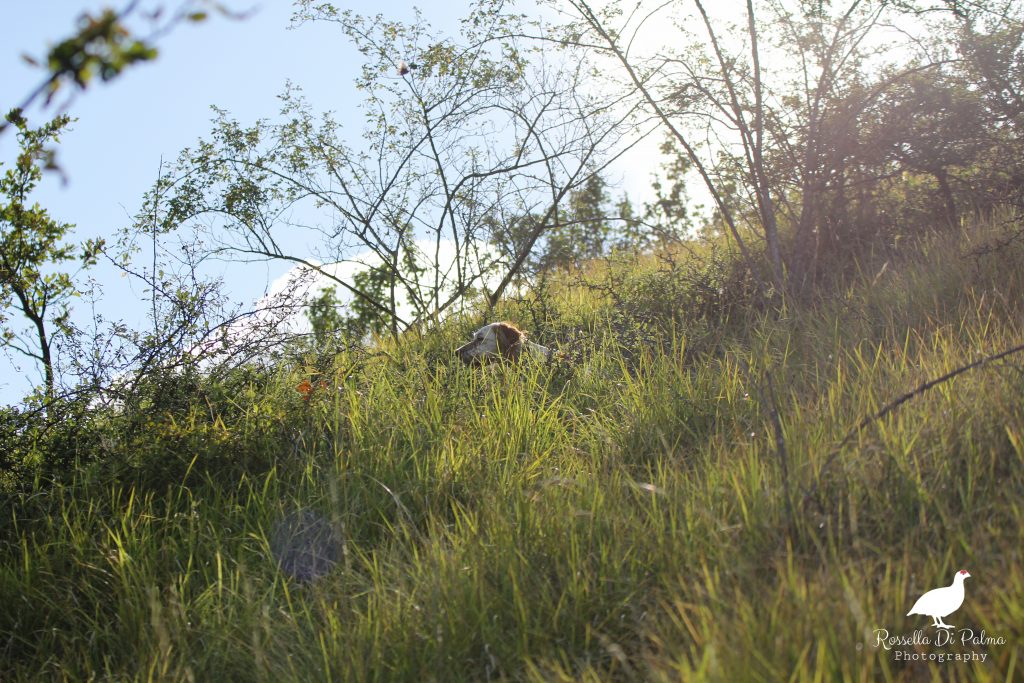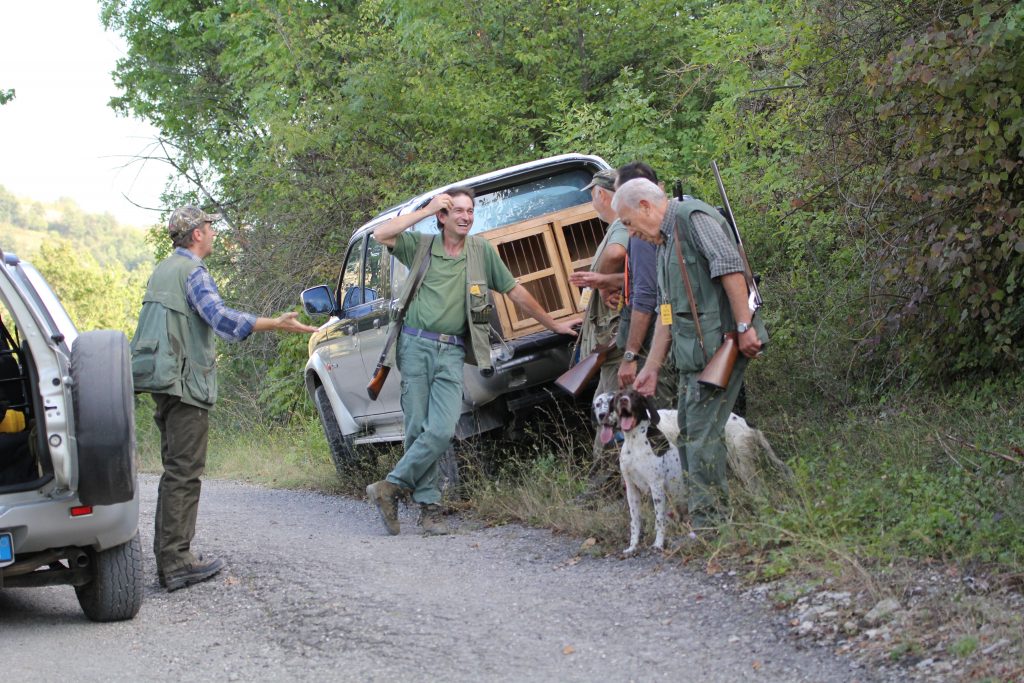AVVERTENZA PER I LETTORI ITALIANI: questo articolo non sostituisce il testo inglese che potete trovare qui, lo integra. Se conoscete l’inglese vi consiglio di leggere entrambi.
Comunque, come avrete capito, al momento mi trovo nel Nord dell’Inghilterra e partecipo a field trials (prove di lavoro) inglesi. Perché questa scelta? Perché lo scorso anno sono stata qui e ho assistito al Champion Stake rimanendo assolutamente affascinata dai luoghi, dai selvatici e dal tipo di addestramento a cui i cani vengono sottoposti. Il Champion Stake è la prova d’eccellenza ma, mediamente, si tende a ottenere quel livello di addestramento, una cosa da noi mai vista se non nel mondo del Deutsch Drahthaar addestrato alla tedesca: mi stupiva il fatto che anche i setter potesse raggiungere certi livelli. Disclaimer: non tutti i cani britannici sono perfetti ed impeccabili, ho assistito a dei discreti svarioni anche qui ma… la gente ce la mette davvero tutta per avere il cane a posto, a costo di ritirarlo da un’intero circuito di prove.
A quell’epoca Briony stava chiudendo il Campionato di Bellezza (Ch.It. B. Briony del Cavaldrossa) e stavo già pensando di intraprendere il campionato di lavoro: il viaggio in Inghilterra mi ha aperto nuove prospettive e mi ha reso più determinata. Non volendo cedere il cane ad un dresseur, il problema principale era trovare qualcuno che mi seguisse personalmente e che capisse cosa avevo in mente. L’ho trovato in un ex guardiacaccia (noto come lo Sciamano// Penna Bianca) che addestra cani da una vita: al momento si occupa principalmente di cani da traccia e di continentali mittel-europei, ma durante la vita ha addestrato e posseduto una serie infinita di razze. Ho iniziato a lavorare con lui lo scorso settembre e abbiamo proseguito fino alla fine di gennaio: è stata dura, tanto lavoro di obbedienza, tanta corda lunga, tanto di tutto. Ho passato mesi a studiare ed addestrare e basta: mi ha vietato la stagione venatoria, o addestri o cacci mi ha detto, e abbiamo fatto anche questo sacrificio.
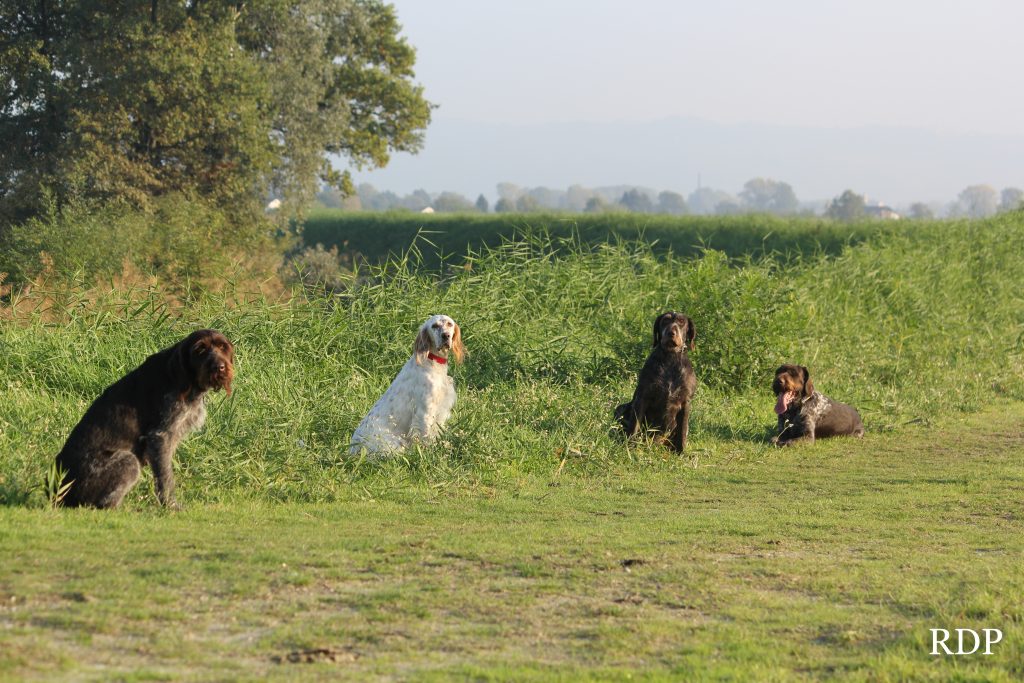
Con la chiusura della caccia, non ha più avuto terreni idonei per addestrare un setter così, tra forasacchi e divieti, mi sono dovuta arrangiare ripiegando su una zona C. Il gestore, Ezio, mi ha dato una mano e abbiamo continuato a lavorare, principalmente su quaglie. Nel mese di maggio Briony ha fatto un cambiamento radicale e ho pensato… Perché non competere in UK? Il tipo di addestramento intrapreso era molto simile, del resto. Così, mentre preparavo l’enorme esame di Semeiotica Medica Veterinaria, proseguivo con l’addestramento, trovando in Claudio, un vecchio amico che addestra drahthaar e kurzhaar da anni, un altro validissimo mentore. Il suo ruolo è stato più che altro quello di infondere fiducia e spingermi a fare passi avanti, senza paure.
Insieme alle gioie e al supporto di tanti (non posso nemmeno dimenticare il gruppo di lavoro “Amatori Drathaar- Allevamento di Costa Rubea – con Bruno, Fabrizio, Gianluca e Monica), purtroppo, sono arrivate anche le difficoltà. Sembrava impossibile iscriversi a un trial: ogni gara ha un numero limitato di partecipanti, se lo supera i meno “meritevoli” (c’è una graduatoria particolare) vanno in lista d’attesa, in ordine di merito. Quindi, praticamente Briony sarebbe stata quasi sempre in fondo alla lista. Ho mandato i moduli di iscrizione comunque e ho sperato. La prima “carineria” è arrivata da un club che ha rifiutato la nostra iscrizione dal momento che non potevo inviare un assegno in sterline. E ancora… altri erano preoccupati per il cane italiano (pensavano fosse un pazzo scatenato), dal momento che la nostra, intendo italiana, reputazione cinovenatoria è quella che è.
Comunque, ho la testa dura, sono andata avanti e sono qui. Lo devo anche ai tanti che mi hanno aiutato con Briony negli anni (addestramento, uscite a caccia e in riserva eccetera… non li nomino ma loro si riconosceranno lo stesso!) . Anche in UK sto trovando splendide persone disposte ad aiutare: il giorno seguente al mio arrivo ero già fuori ad addestrare e a partecipare ai censimenti (grazie Steve Robinson!) e poi sono iniziati i trials. Il primo è stato a Muggleswick, in Classe Novizi, organizzato dall’IGL (International Gundog League). Briony ha corso a meno di 24 ore dal suo primo incontro con le grouse, ottenendo di andare al richiamo… Poi ha pasticciato e siamo stati eliminate ma, arrivare ai richiami con un cane preparato in Italia… su quaglie… mi soddisfa moltissimo. Il secondo giorno seguente, essendosi ritirati alcuni concorrenti, l’IGL ci ha permesso di correre in Classe Libera, insieme a cani famosi (il compagno di coppia era un Campione di Lavoro): fuori per un trascuro e vi assicuro che data la densità di grouse è facilissimo dimenticarne una, ma bel turno. Il mercoledì ci siamo spostate a Eggleston, per la Speciale Setter Inglesi. Sul menù trascuro (?) e non perfetta immobilità (si è voltata e ha mosso i piedi anteriori– da noi non ci avrebbe fatto caso nessuno) sullo sparo del compagno di coppia. Giovedì, di nuovo a Eggleston imbucate in Classe Libera. Turno splendido, bella ferma, bella guidata e… di nuovo muove i piedini… Fuori. Le giudici ci chiedono di “clear the ground” e Briony lavora un’altra decina di grouse, un paio a singolo e le altre in covata. Tecnicamente è ferma al frullo ma si dimena con tutto il corpo. Le giudici mi spiegano che in Classe Libera il cane deve essere praticamente immobile. Però… dimenii a parte, io sono soddisfatta: non ho mai addestrato per il dimenio, non sapevo, ora lo so. Oggi abbiamo corso di nuovo in libera alla prova del Club del Gordon Setter, eliminate nel minuto credo (non esiste qui il minuto) a causa di una guidata poco fluida/troppo ferma in ferma…
Comunque, fino a qui, imprecisioni e sfortune a parte si è comportata bene e sono davvero contenta dal momento che l’ho preparata su selvatici e terreni molto diversi da quelli che sta affrontando.
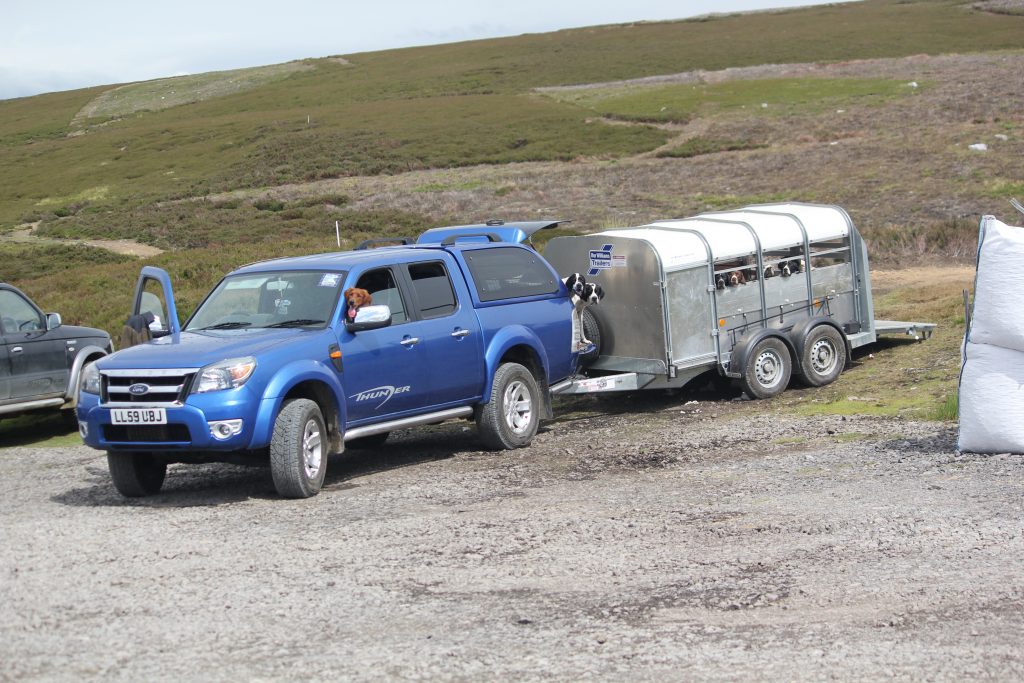
Qualcuno pensa che io sia a fare prove in Inghilterra perché sono più facili: non è vero. Sono diverse, ma non più facili. La tanta selvaggina (anche tanti conigli) richiede grande correttezza e obbedienza, per questo i giudici sono pignoli sui dettagli: da noi c’è più attenzione alle qualità naturali del cane probabilmente. Qui puoi avere anche il miglior cane del mondo ma se non hai l’obbedienza non vai da nessuna parte. La cerca non deve essere ristretta ma ragionevolmente ampia, e velocità, aperture e stile sono tenute in gran conto ma… non si chiedono eccessi, sarebbero solo controproducenti su questi terreni.
Altre differenze, non puoi toccare il cane o sei eliminato: in guidata il cane non lo tocchi, deve guidare da solo e a comando, la correttezza al frullo e allo sparo è fondamentale, non puoi guinzagliare fino a che il giudice non lo permette (e può passare del tempo), ti possono chiedere di fermare il cane in ogni momento e via dicendo. Generalmente le cose vanno così: i cani fanno un primo turno e i soggetti meritevoli fanno un secondo turno, eventualmente un terzo. Come potete capire… le probabilità di essere eliminati aumentano. In ogni prova a fronte di un massimo di 40 concorrenti per batteria, sono assegnati solo i primi 4 posti e eventuali Certificati di Merito.
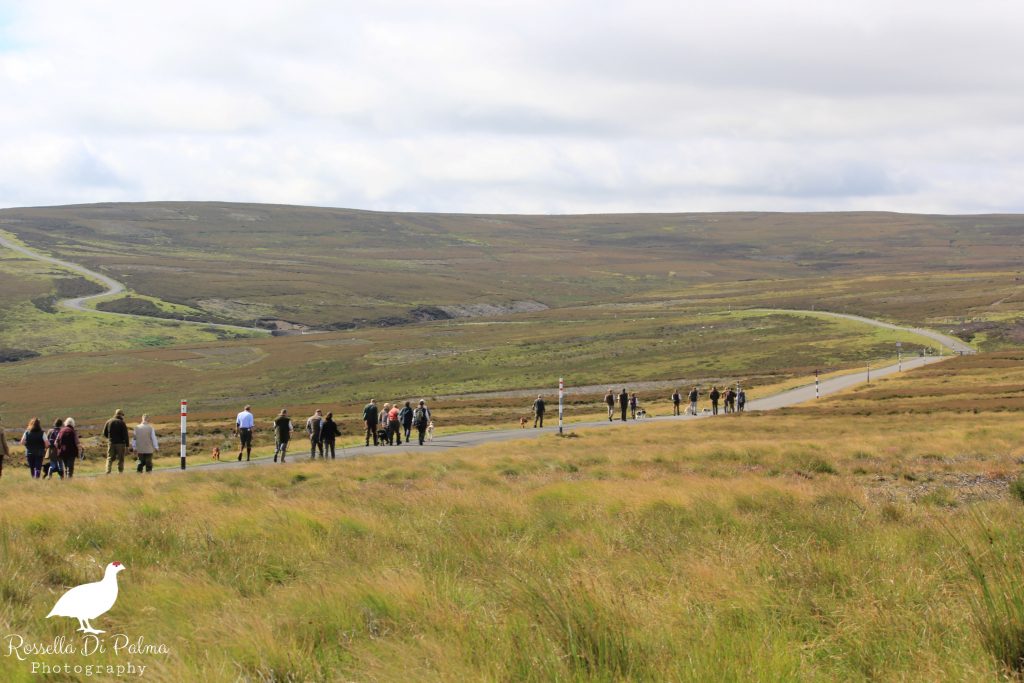
Il professionismo è una realtà sconosciuta: ci sono bravi addestratori che addestrano e portano cani di altri ma si tratta di pochi numeri/piccole cose. Di fatto non esistono furgoni e l’unico con tanti cani altrui al seguito è un eccentrico irlandese (Alan O’Neil) che viaggia con una macchina e un trailer da cavalli perfettamente addestrati: può lasciarli liberi e aperti per ore e non si allontanano dal punto in cui ha detto loro di stare! Fenomenale, lo seguono come un branco seguirebbe il capobranco. Per il resto, qualche allevatore ha un po’ di cani al seguito ma nulla di paragonabile alla nostra realtà. Moltissimi cani sono condotti dai proprietari (donne e uomini in pari numero) e sono condotti egregiamente.
I censimenti di grouse sono un momento importante per preparare il cane: sono riuscita a frequentarne altri due presso la riserva di Eggleston grazie a Therry Harris e… parleremo anche di questi, come si svolgono eccetera, eccetera 🙂

